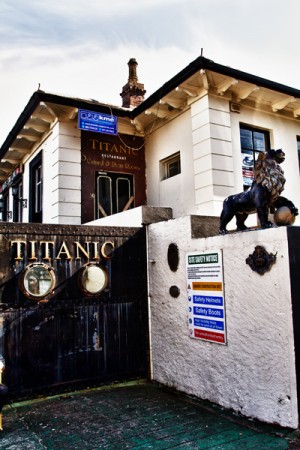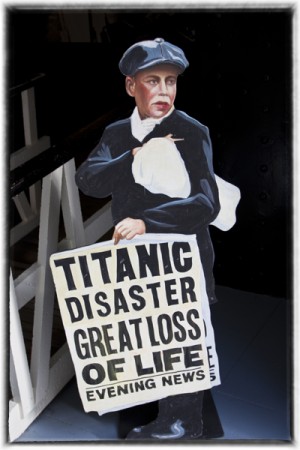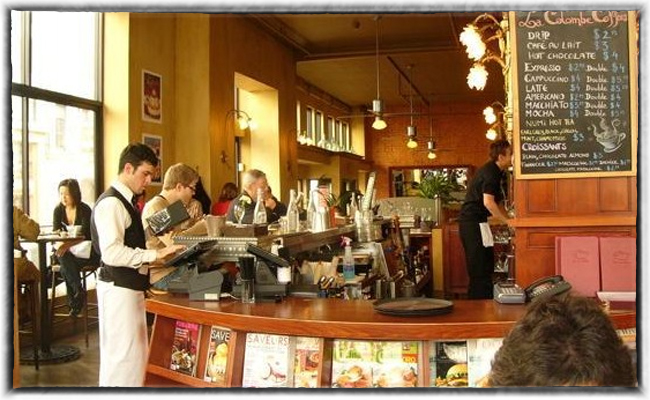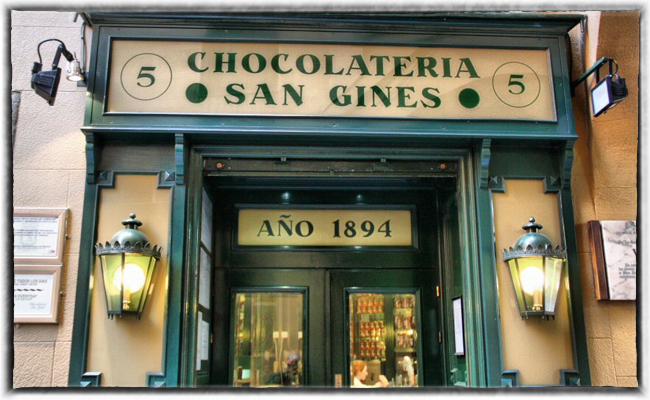This past weekend I was invited to have lunch with the Marqués de Griñón, Carlos Falcó, at what used to be the family’s hunting estate but is now a winery. That sounds impressive, doesn’t it? Having lunch with a Spanish Marqués at the ol’ family hunting estate? Carlos would be the first to laugh over this assumption. There’s still something regal about the old estate, with it’s over-sized fireplace whose mantel is littered with tarnished silver trophies from pigeon shooting that, as Carlos says, were won “back when we shot real pigeons.” But the lodge is dark and dank and a bit musty (not that the Marqués wouldn’t like very much to spruce the ol’ girl up, but at the moment he can pay for either reconstruction of the old family estate or for the Syrah and Grenache wines grown on the 22 acres surrounding the estate, and he, wisely, chooses the latter.
Joining us for lunch was his daughter, Xandra, who does the marketing for both the world-class Marqués de Griñón wines produced on the family estate just outside of Toledo, Dominio de Valdepusa, as well as the excellent table wine, El Rincón, made from the grapes of the vines grown around the hunting lodge. For lunch we had a squash soup with olive oil and Manchego cheese followed by red-leg partridge “probably shot a hundred meters from here,” according to the Marqués. All washed down with their iconic Marqués de Griñón AAA wine which is only produced in very small quantities and only in vintages that are worthy of this wine (this was from the 2008 vintage).
Afterwards, we tried to walk off a bit of our lunch by taking a stroll around the vineyards. Tasting a grape, Xandra said, “For me, there is a bit of magic about growing these grapes and then going to a very good restaurant in Madrid and seeing someone ordering and drinking our wines. It is what we love and why we no longer have time to go pigeon hunting.”






Recent Comments